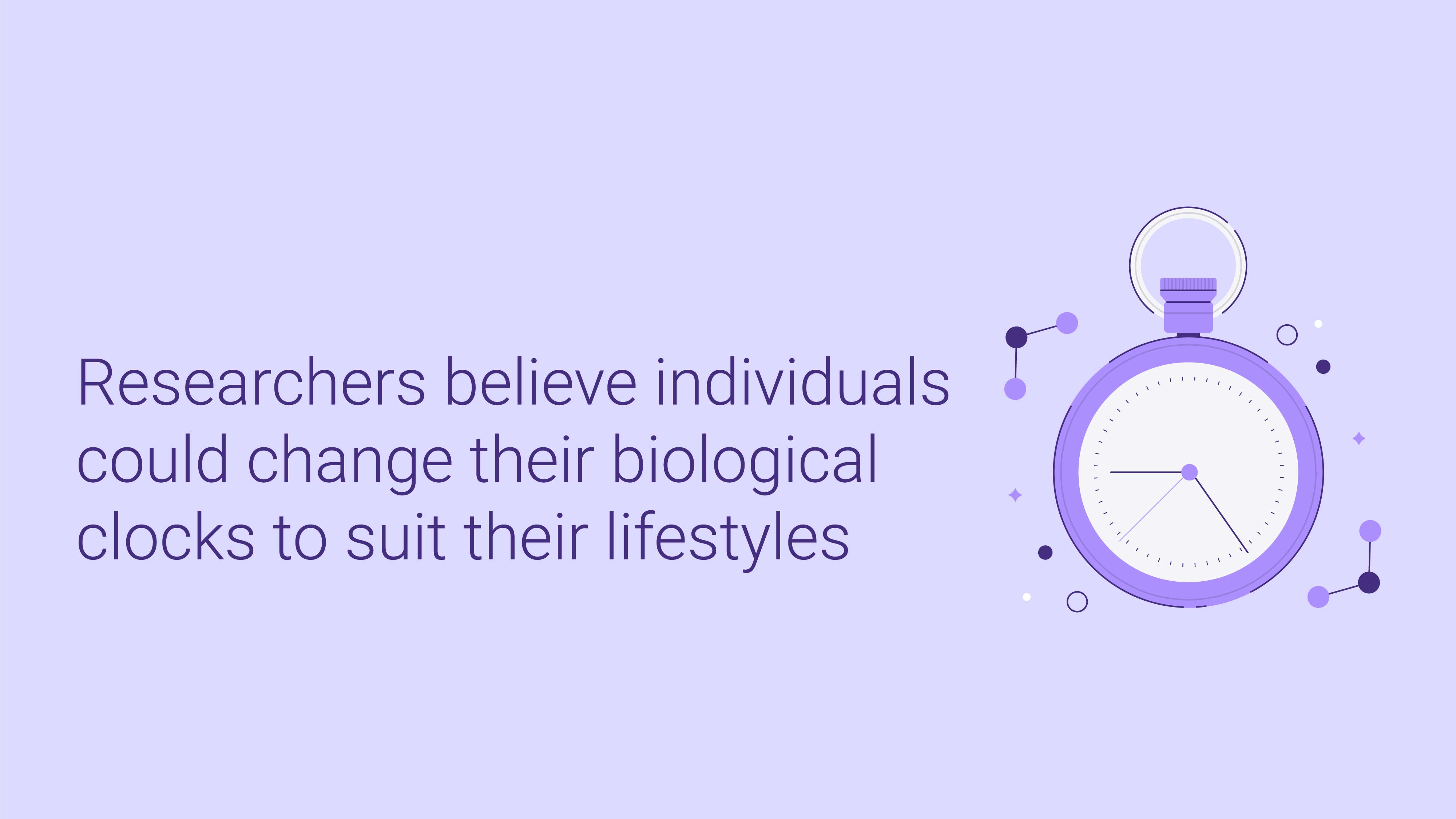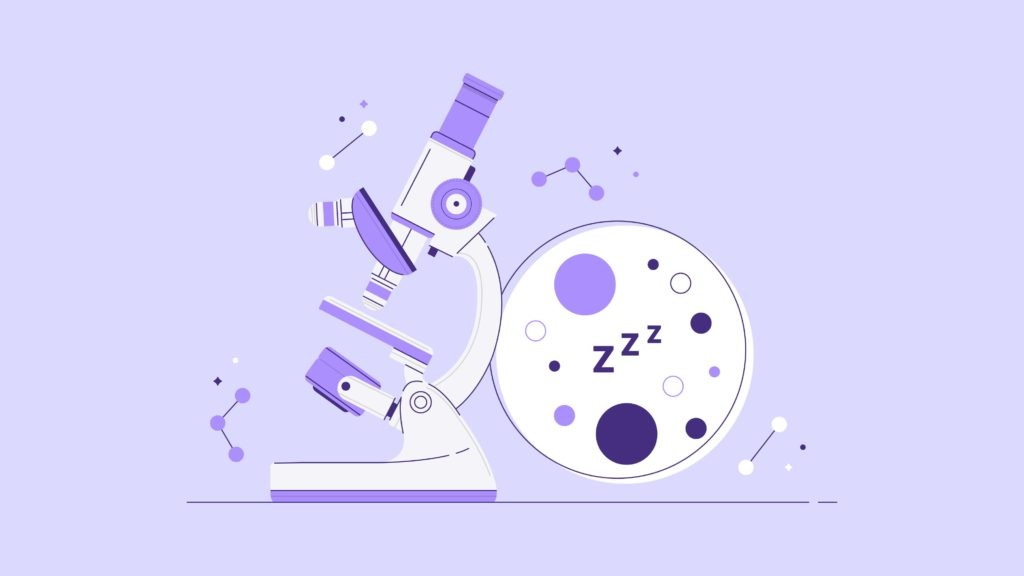The existence of a biological clock has been long presumed in animals, but the exact mechanisms that govern our sleeping and waking processes aren’t very well understood. After over 10 years of looking, one research team has finally found how the ancient process works.
Lead author Matthieu Flourakis and his team recently published their findings in the peer-reviewed scientific journal Cell. The biological mechanism they uncovered is apparently shared in most, if not all, animals from fruit flies to humans. It is believed to have been preserved across several hundred million years of evolution.
Demystifying Wake and Sleep Cycles
The researchers at Northwestern University in Illinois, discovered the process while studying circadian rhythms both fruit flies and mice. They found that their biological clocks are related to the activity of sodium and potassium channels. This simple mechanism acts like an on/off switch in both organisms, even though mice are active at night and fruit flies are active by day. They refer to using the description of bicycle pedals — as one level goes up, the other goes down.
Sodium and potassium are essential for cell processes, but their role in our circadian cycles has been murky at best. These scientists discovered that during daily wake cycles, high sodium channel activity causes neurons to fire more, which wakes the animal up. Later in the day, high potassium channel activity makes the neurons fire less, making an animal tired.
This mechanism was found in both flies and mice, leading researchers to believe it is the same for nearly all animals. We likely share a common ancestor with flies, mice and other animals who evolved this strategy, and research in mice and fruit flies is often used to gain insight into human biological functions.
Sleep Knowledge is Power
With a deeper understanding of this mechanism, the researchers believe individuals could change their biological clocks to suit their lifestyles. Third shift workers could alter their body chemistry in a way to better perform on a schedule that we aren’t as suited for. Jet lag could become a thing of the past. You may even be able to alter you sleep phenotype with a pill.

The power of our daily rhythms and of sleep in general have been known for some time. A healthy sleep cycle is important for proper body and brain functioning. You don’t have to wait for a pill to obtain a sleep pattern that will make you feel better and be healthier.
Create an environment that is easy for you to sleep in. An Oklahoma State University study demonstrated that a new mattress is very likely to improve a person’s sleep quality, especially if you have an older mattress. In our recent review, we found that memory foam brands like Amerisleep and iComfort are above average in ratings, though Amerisleep mattresses are more affordable.
Along with a good sleep environment, you need a regular sleep schedule. Try to go to bed within an hour of the same time each night. This will get your body used to your schedule and it will ready for sleep as your regular bedtime approaches.
Start a nighttime ritual as well. About an hour before bed, begin to ready yourself by turning down lights and reducing noises. Set your thermostat to your preferred sleeping temperature and avoid activity that could disturb your ability to fall asleep.
Getting regular, high-quality sleep is one of the best things you can do for yourself. While we continue to learn more about the phenomenon of rest, we realize that ancient knowledge is perhaps just as important as the new exciting stuff.
This article is for informational purposes and should not replace advice from your doctor or other medical professional.

The Conversation (0)
Start a discussion, our content team tries our best to respond to comments. However replies should not be a substitute for medical advice from your doctor.*